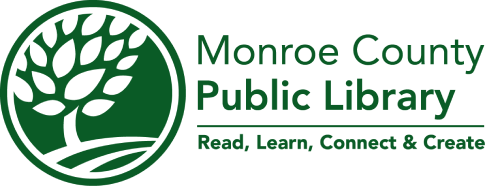This book is not about nature as I’d first thought, except for the fact that it recommends running in those glove-like shoes on outdoor trails. It is a book about health, however—how to keep it, how to get it back in a tense, stress-filled world.
What I like best about it is how the two authors, one a doctor, the other a science journalist cull recent research for results on diets and life-techniques that really work include cutting back on carbs, sleeping eight hours, spending time moving outdoors and meditation.
One study confirmed that Japanese businessmen had a 40% increase in their immune response after just one walk in the woods. Even more surprising is that this lasted for more than a month. The results in improved health and awareness for those that meditate were particularly powerful. Even novice meditators had an increased immune response to a flu virus than others."
In the chapter titled “Aware” the authors describe an interview they had with the Alaskan anthropologist Richard Nelson (one of my favorite writers). Nelson had studied the Koyukon people in northern Alaska, but later moved to the much warmer and tree-filled Southeast Alaska where among other things he could surf. After several years, he invited some Koyukon friends to the Sitka area and although in their natural arctic environment, they were extremely talkative, they said barely anything to Nelson but spent their days wandering around the island. After days of quiet exploration, they finally conversed and told Nelson many things they had observed about his island environment that he had not even noticed.
Also discussed is the fact that humans need sleep to stay healthy. If you don’t get enough sleep—who does? — you will end up “fat, sick, and stupid.” According to many studies, even of college students, insulin resistance goes up significantly with lack of sleep.
Very interesting also are studies that showed how cancer rates have shot up with civilization. In New York City, for instance, cancer deaths occurred at a rate of 32 per thousand people, where as in Fiji in a population of 120,000, only two people died from cancer. The authors also quote studies of how research on skeletons showed that early farmers in the new world suffered from more diseases and earlier deaths than hunter-gatherers from the same time period.
This book is an interesting and quick read with chapters on the brain and being social—“Tribe.” The book closes with personal implications from their own lives: what they did to make themselves healthier, an inspiring closing to this book.
